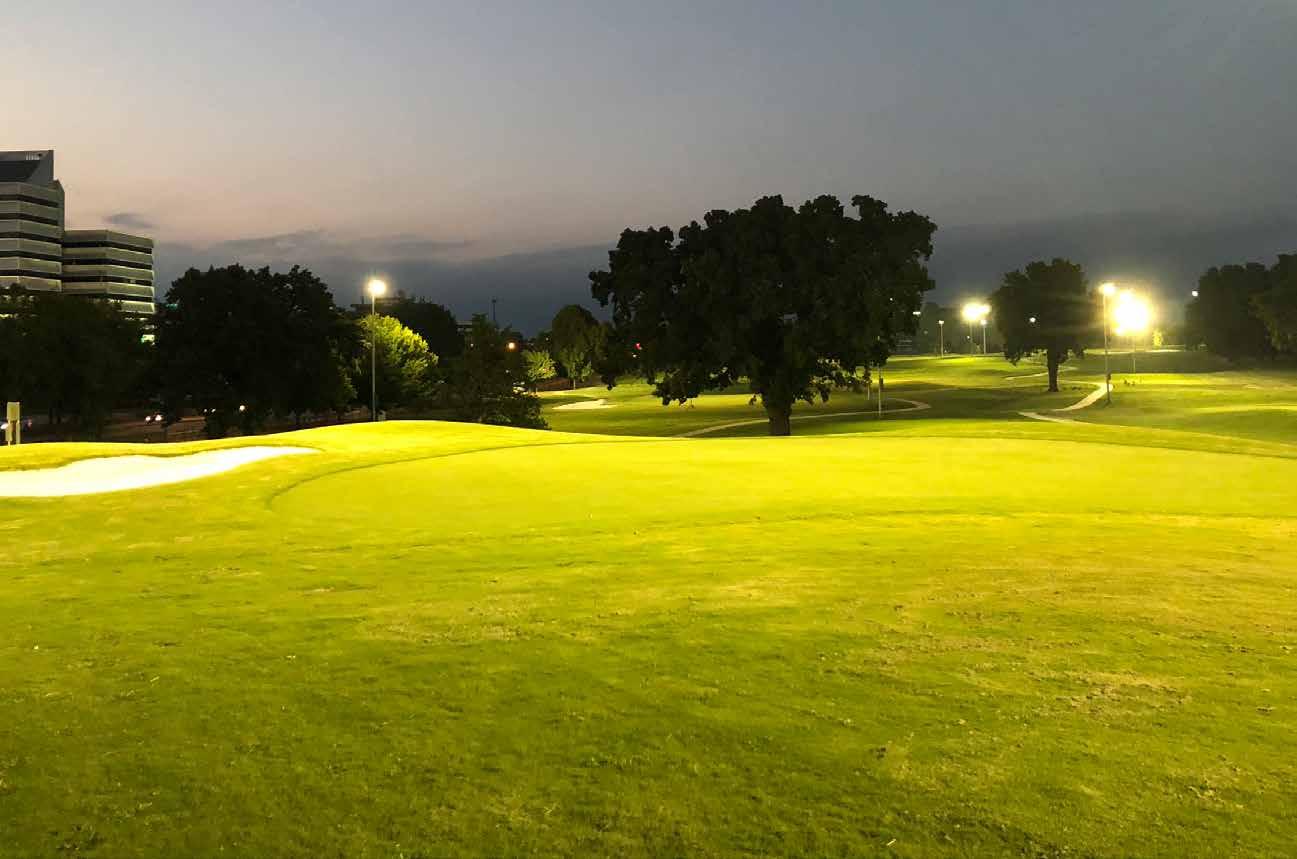
2 minute read
Rules, Bob Phelps
FROM THE OGA RULES DIRECTOR How video evidence can impact rulings
To begin the new season, let’s look at some recent incidents from the professional tours where video evidence impacted the final outcome of the rulings.
Advertisement
Reasonable to Conclude from the Available Information
The default position in the 2019 Rules of Golf changed to allow for Embedded Ball relief anywhere in the General Area without the need for a Local Rule, with two exceptions listed under Rule 16.3a(1). Furthermore, a player is no longer required to have another player confirm the ball is embedded or view the process of taking relief. In other words, a player can determine on his own that the ball is embedded and simply take relief.
Patrick Reed made headlines again this year at Torrey Pines when he was granted relief for an Embedded Ball that video showed had bounced first before presumably embedding on the second bounce. Although not required, Reed even sought confirmation from a tour official who confirmed the ball was indeed embedded. Video later surfaced showing Rory McIlroy taking relief for an Embedded Ball in circumstances almost identical to Reed’s. Can a ball embed on the second bounce? Yes. Is it likely? No. Both Reed and McIlroy proceeded correctly as it was reasonable to conclude based on the available information (they did not see the ball bounce and course conditions were exceptionally soft) that the ball was embedded in its own pitch-mark. Although video evidence did not affect the outcome of the rulings, it definitely had an impact on the public’s perception of what was fair.
Determining Virtual Certainty
When a ball in play is moved, the “known or virtually certain” standard (knowledge or at least 95 percent certain) is used first to determine whether the ball has moved. Once it is determined that a ball in play has moved, Rule 9.2b(1) tells us the “known or virtually certain” standard is used again to determine what caused the ball to move. If it is not “known of virtually certain” that the player, an opponent, or an Outside Influence above caused the ball to move, Rule 9.2b(2) treats the ball as having been moved by Natural Forces.
At Pebble Beach in February, Maverick McNealy and Russell Knox were both preparing to play a shot when they suddenly backed away and announced that their ball had moved and asked for a rules official. It was not necessary to determine if the ball moved, the movement was known. It was only necessary to determine what caused the ball to move and whether the ball will be replaced or played from its new location. In both cases video evidence was used to conclude with virtual certainty that the player caused the ball to move and both players received one penalty stoke for causing the movement. Interestingly, McNealy was ruled to cause his ball to move before taking further action and was required to replace the ball. Knox initially received a ruling from the tour official that natural forces was the cause of the movement and he played his next shot from the new location with no penalty. Only after reviewing video evidence was it ruled that Knox and had caused the movement and subsequent-
See RULES on page 15
www.LaFortuneParkGolf.com
5501 S. Yale Avenue, Tulsa, Oklahoma 918-496-6200
Lights on April 8-Oct. 31
South Lakes

9253 S. Elwood • Jenks, America 918-746-3760 www.SouthLakesGolf.com











